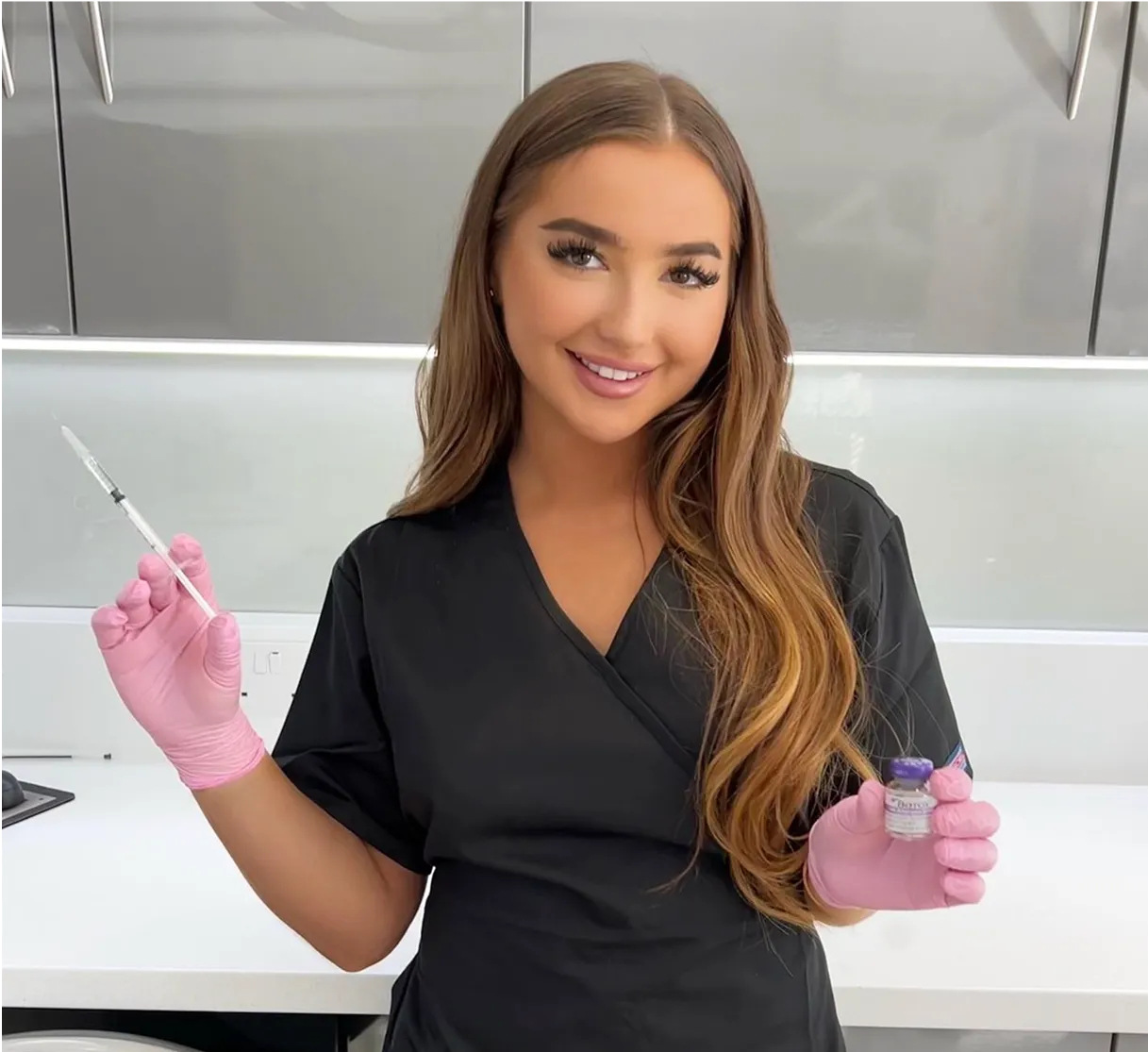Aesthetic nursing is an exciting and evolving field that blends medical expertise with cosmetic treatments. While many people see the finished results of procedures, few understand the level of skill, precision, and patient care that goes on behind the scenes.
This guide takes a closer look at what a typical day in the life of an aesthetic nurse involves, from consultations to treatments and aftercare.
Morning: Preparing for the Day
Reviewing Client Appointments
Each day begins with reviewing the schedule, which includes consultations, follow-up appointments, and treatment sessions. Aesthetic nurses assess each client’s history, preferences, and goals to tailor their approach accordingly.
Setting Up the Treatment Room
A clean and well-organised environment is essential for any medical procedure. The treatment room is prepared with sterilised equipment, high-quality products, and any necessary documentation to ensure smooth and efficient sessions throughout the day.
Mid-Morning to Afternoon: Consultations and Treatments
Client Consultations
Consultations are a crucial part of aesthetic nursing. During these sessions, nurses:
Assess the client’s skin type, facial structure, and medical history.
Discuss concerns and goals, setting realistic expectations.
Explain different treatment options, benefits, and potential side effects.
Answer any questions the client may have about the procedures.
Performing Treatments
Aesthetic nurses perform a range of non-surgical procedures, including:
Anti-wrinkle injections to reduce fine lines and prevent deeper wrinkles.
Dermal fillers for volume restoration and contouring.
Polynucleotides and skin boosters to enhance hydration and collagen production.
Chemical peels to improve skin texture and tone.
Microneedling and PRP therapy to rejuvenate the skin naturally.
Each treatment requires precision, attention to detail, and an understanding of facial anatomy to ensure natural-looking, balanced results.
Afternoon: Follow-Ups and Client Education
Post-Treatment Care
Aftercare is just as important as the treatment itself. Nurses provide clients with detailed instructions to ensure the best possible results. This includes:
Avoiding certain activities (e.g., strenuous exercise, sun exposure) post-treatment.
Managing any minor swelling or bruising.
Scheduling follow-up appointments to assess healing and results.
Client Education and Relationship Building
Aesthetic nursing isn’t just about performing treatments—it’s also about building long-term relationships with clients. Nurses educate clients on skincare, maintenance treatments, and lifestyle habits that can enhance and prolong results.
End of the Day: Administrative Work and Continuous Learning
Reviewing the Day’s Cases
At the end of the day, documentation is completed, including treatment notes, client progress, and any necessary follow-ups.
Staying Up-to-Date with Industry Advancements
Aesthetic medicine is a rapidly evolving field. Nurses frequently:
Attend training sessions and workshops to learn the latest techniques.
Research new treatments and products.
Engage with professional networks and stay informed about industry regulations.
Conclusion
Being an aesthetic nurse is a dynamic and rewarding career that requires a mix of technical skills, artistry, and patient care. Behind every successful treatment is a dedicated professional who ensures that clients receive safe, effective, and confidence-boosting results.
For those considering aesthetic treatments, a consultation is the first step to understanding what’s possible. Book an appointment today to discuss your options with a qualified expert.














